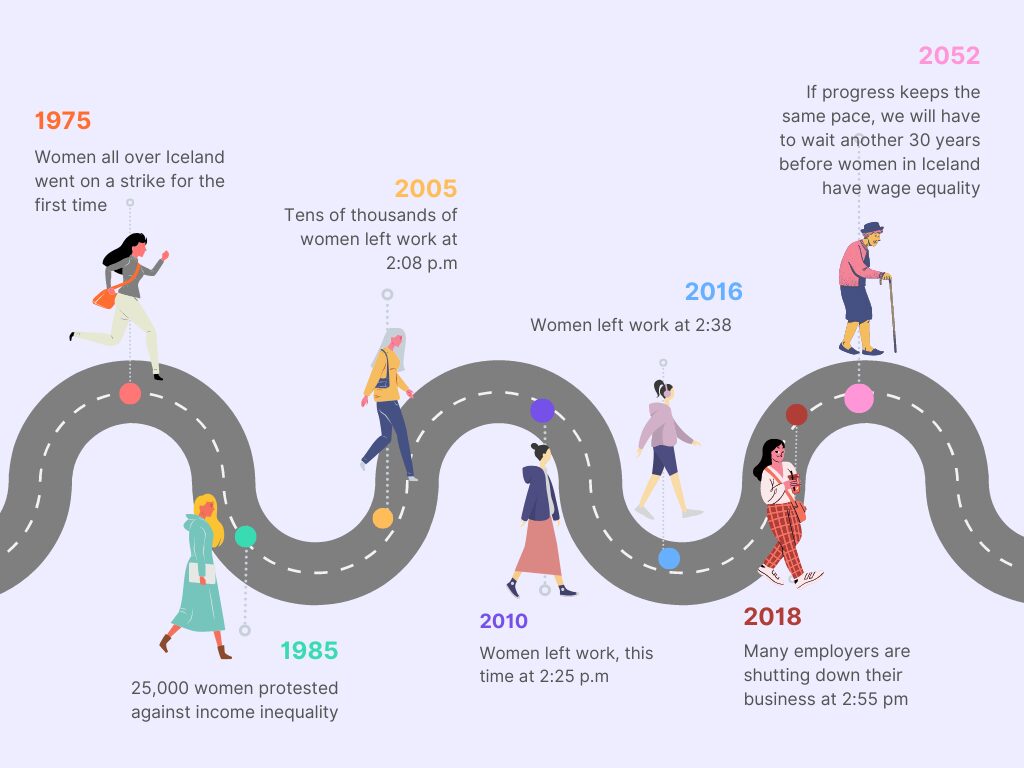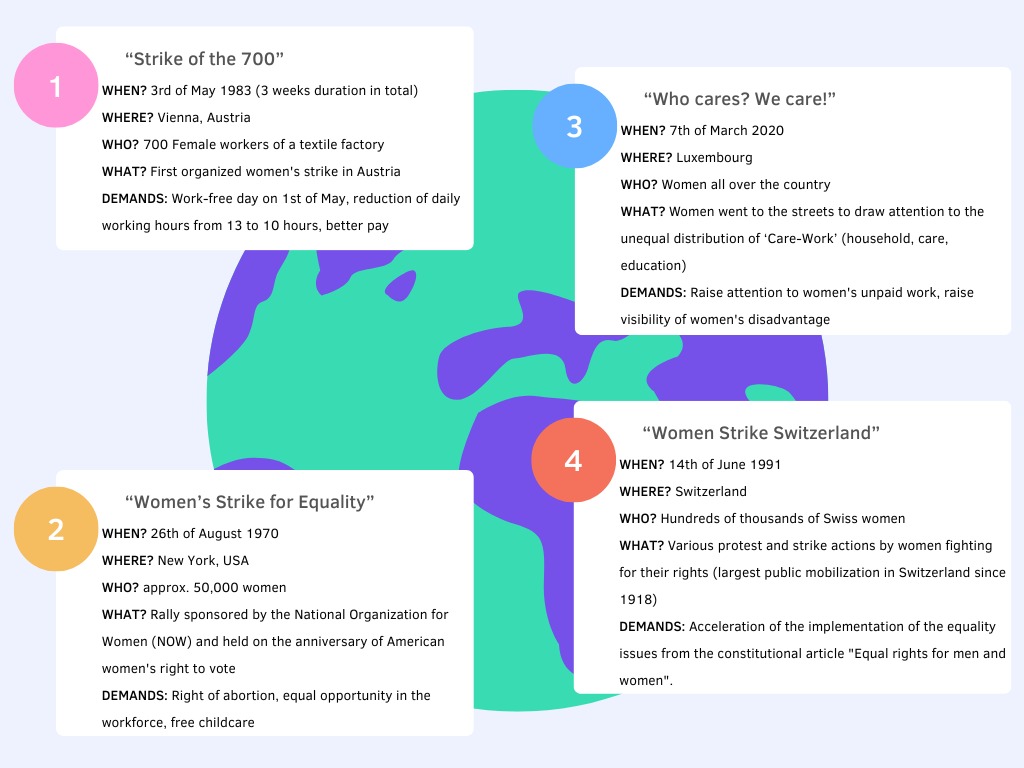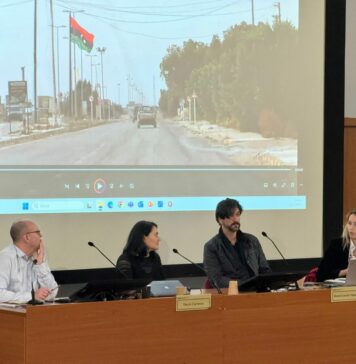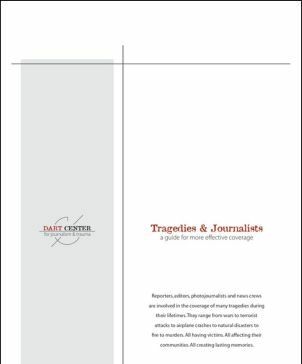Ivonne Lupia Rodriguez, Antonio Melileo, Margot Camus, Cèsar Talaverano , Alicia Peters
How it all started in Iceland
Before 1975, Icelandic women held 40% of leadership roles earning less than their male colleagues. For an Icelandic woman, it was difficult to find a job because she had to do most of the housework and child care.
On the 24th of October in 1975, for the very first time in Iceland, a wide strike took place: 90% of the Icelandic women decided to stop working for a day, at their paid work but also at home, and go protest for gender equality in the streets of Reykjavík. This action, now known as The Women’s Day Off or Kvennafrídagurinn, took place mostly because of an enormous gender pay gap. Indeed, women were earning 40% less than men. They wanted to bring attention to this issue and it worked: it changed public opinion and opened the eyes of men and the First Gender Equality Act was approved by the Icelandic Parliament in 1976 to ban gender discrimination. Moreover, at this time, there were more and more strikes for women’s rights equality all over the world and the year 1975 became the International Women’s Year by the United Nations. The situation in Iceland was still far from perfect but it improved little by little through the years.
Icelandic strikes: a new tradition
After the 1975 strike, women decided to continue the tradition and went on strikes in the following years. The number of women on the street incremented each time, showing the need and desire of making their voices heard. In 1985 the number of women that joined the protest arrived at 25000, and by 2005 reached tens of thousands. They started protesting against income inequality, and violence and harassment in the workplace. They decided as a protest, to leave the workplace at the exact time they would stop getting paid in comparison to their male colleagues. In 2005, if the average working day is considered to be from 9 am to 5 pm, it meant that they were getting paid only for their work until 2.08 pm. In 2010, after some changes in the system, they were able to have recognized another 17 minutes of work, leaving the day of the protest at 2:25 pm. In 2016, some more improvements were made, but still not enough, because women were still getting paid only until 2:38 pm. This year, it was calculated based on the statistics, that if progress kept the same pace to have the pay gap closed, it would take another 30 years: they were able to obtain only 40 minutes in 20 years. A major step in the right direction was taken in 2018, adding another 17 minutes to the paycheck of women, meaning that that year, women were paid on average 26% less than their male colleagues.

Iceland today: pioneer in the world in gender equality
Today Iceland is one of the most advanced countries in the world when it comes to Women’s equality. Their participation in politics is consistent, Iceland is the first country to elect a woman for president. The Scandinavian country has one of the highest rates of women’s labor force participation in Europe. The wage gap has narrowed in recent years. Now Iceland is the leading country in the World Economic Forum’s Global Gender Gap Index. In the last decades, the Icelandic government implemented a series of measures in order to favor equality in the labor market. In 2018 the government introduced the first policy in the world that requires companies and institutions with more than 25 employees to prove that they pay men and women equally for a job of equal value. (Act on equal treatment in the labor market no. 86/2018)
(source: Government of Iceland)
Global perspective
All over the world, women are joining together to draw attention to systematic and structural problems in order to achieve corresponding political goals. The following map includes interesting worldwide women’s strikes that have gone down in history.





